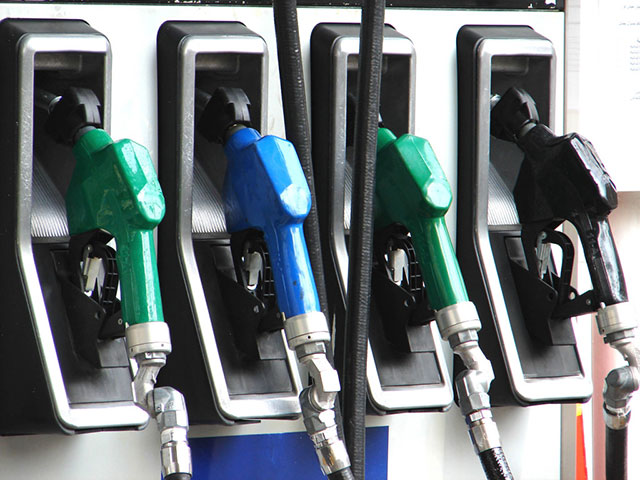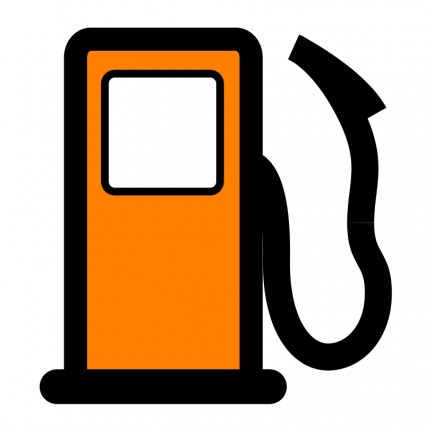
(WASHINGTON, August 10, 2015) The national average price for regular unleaded gasoline has fallen for 26 consecutive days, reaching today’s average of $2.59 per gallon. This is the longest streak of consecutive declines since January, and pump prices have moved lower by 19 cents per gallon over this period. Drivers are saving six cents per gallon week-over-week, and 17 cents per gallon month-over-month. The relatively low price of crude continues to provide consumers with significant yearly savings, and today’s average gas price is 89 cents per gallon lower than this same date last year.
West Texas Intermediate (WTI), the domestic benchmark for crude oil, has reached its lowest price since March 2015, and market fundamentals point to prices moving lower in the near term. Oversupply continues to characterize the oil market, and according to the latest report from the U.S. Energy Information Administration (EIA), refinery utilization rates are running at record highs. The monthly average price of crude oil currently accounts for approximately 40 percent of the price consumers pay at the pump, and with WTI posting its sixth consecutive week of losses, pump prices are likely to post notable declines leading up to the Labor Day holiday.
California ($3.58) is the nation’s most expensive market for retail gasoline, though prices in that state have fallen for 14 consecutive days for a total savings of 23 cents per gallon. Regional neighbors Alaska ($3.48), Hawaii ($3.23), Nevada ($3.20), Washington ($3.13) and Oregon ($3.04) are the only other states posting averages above $3 per gallon, and this region remains the nation’s most expensive market. On the other end of the spectrum, motorists in South Carolina ($2.20) are paying the nation’s lowest prices at the pump.
Regional volatility is reflected in weekly price comparisons, with the largest movements in price occurring in states where refineries have completed repairs or are currently undergoing maintenance. With the exception of Ohio (+10 cents), consumers in every state and Washington, D.C. are experiencing weekly savings in the price at the pump. While prices in Ohio have risen over the past week, Ohioan motorists are still enjoying significant savings (20 cents) compared to a month ago. Drivers in California (-15 cents), Minnesota (-11 cents), Oklahoma (-10 cents) and Iowa (-10 cents) are experiencing the largest weekly discounts in price, and drivers in a total of 36 states are saving at least a nickel per gallon in at the pump week-over-week.
The average price at the pump has moved lower in 48 states and Washington, D.C. month-over-month. Motorists in 35 states and Washington, D.C. have seen prices move lower by double-digit increments over this same period, with the largest drops in price seen in Michigan (-36 cents), Indiana (-32 cents) and Kentucky (-31 cents). Outside of this trend prices have climbed higher, although in a less dramatic fashion, in Colorado (+9 cents) and Alaska (fractions of a penny) compared to one month ago.
Yearly comparisons continue to reflect significant discounts in the average price for retail gasoline. The vast majority of drivers (47 states and Washington, D.C) are saving 75 cents or more at the pump, and retail averages are down by $1 or more in seven states over this same period. The largest year-over-year discounts in the price at the pump are seen in Indiana (-$1.13), Michigan (-$1.10) and Hawaii (-$1.10).
Expectations that the global oil market will remain oversupplied in the near term are keeping downward pressure on the price of crude. The Chinese economy continues to show signs of weakness, which increases concerns that this expected driver of global consumption may not be poised to help counter the market’s oversupply. The global oil market is also paying close attention to the potential for Iranian oil to return to market as early as this fall, as well as high production from the U.S. and Saudi Arabia, OPEC’s swing producer.
Domestic focus has shifted to the potential for a glut in gasoline due to strong refinery runs and the potential for demand to drop as the summer-driving season concludes. In addition, U.S. crude oil rig counts have added 32 rigs over the last six weeks. Combined with record refinery runs, it is increasingly likely that excess supply will characterize the domestic market and keep downward pressure on WTI.
At the close of Friday’s formal trading on the NYMEX, WTI settled down 79 cents at $43.87 per barrel, which was a five-month low.
Motorists can find current gas prices along their route with the free AAA Mobile app for iPhone, iPad and Android. The app can also be used to map a route, find discounts, book a hotel and access AAA roadside assistance. Learn more at AAA.com/mobile.








Be the first to comment